The new way to shop
Updated: 2016-11-04 10:56
By Xu Junqian in Shanghai(China Daily USA)
|
|||||||||
Buyer's stores are the new trend in fashion-savvy Shanghai, and they indicate that perhaps all is not lost for physical clothing stores
While the imminent closure of the iconic Pacific Department Store along Shanghai's Huaihai Middle Road has seemingly sounded the death knell for traditional brick and mortar retailers, the MODE showroom located a few blocks away painted a rather different picture.
As the official trade show of Shanghai Fashion Week (SFW), MODE this year featured a sprawling exhibition area of around 10,000 square meters that was occupied by 500 brands and designers showcasing their creations to some 8,000 visitors over four days.
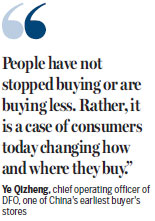
"The decline of traditional department stores do not mean that people have stopped buying or are buying less. Rather, it is a case of consumers today changing how and where they buy," said Ye Qizheng, chief operating officer of DFO, one of China's earliest buyer's stores.
Buyer's stores are different from traditional retail stores in the sense that the fashion collections within are curated by the store owners based on their predictions of what consumers will be interested in.
According to the organizers of MODE, up to 50 percent of its visitors this year were professional buyers and owners of buyer's stores, an increase of 27 percent from last year.
He Lan, the marketing manager of the Tudoo Showroom in Guangzhou, Guangdong province, said that now is the best time for buyers to be stocking their showrooms as consumers in China have now upgraded their consumption habits by valuing quality and uniqueness instead of quantity and big name luxury labels.
"Young and old, people today are all looking for something unique that is an extension of one's personality and style. In the context of fashion, this means that people prefer to get clothes by individual designers and chic buyer's stores," said He.
A report by Fashion Trend Digest showed that there are currently more than 900 buyer's stores across the country. Those based in Shanghai and Beijing account for 38.7 percent of the national total, meaning that there is room for more growth in second- and third-tier cities.
In order to cater to the growing demands for such products, several well-established Chinese designers have resorted to renting showroom spaces to better serve their discerning customers.
"I have yet to open a store in China but a showroom is something I want to have and could afford. It's a good way to boost brand recognition and sales," said Wang Fencheng, a New-York-based Chinese designer who turned the second storey of a historical villa house in Shanghai into her temporary office and showroom during this year's SFW.
"This buyer's culture has only been around since after 2010 but there is already explosive growth and I believe the industry will still be huge in the years to come," said Liu Yongyan, co-founder of Match Showroom in Shanghai.
Liu was formerly the owner of a buyer's store but decided to give it up and become a supplier to such stores instead because the market was saturated with such businesses. She today represents a dozen of independent Nordic and European designers and tries to "match", as her showroom name suggests, them with Chinese buyer's stores that share a similar taste.
Liu added that the reopening of Lane Crawford in Shanghai in 2013 and the introduction of Mode Showroom in 2015 were major breakthroughs for the bustling buyer's store sector in China, and that this hive of activity has now caught the eyes of the big players.
For instance, Shanghai's homegrown retail conglomerate, Bailian Group, recently announced its plan to reform a 500-square-meter space at one of its outlets into a self-run buyer's store.
"Considering the huge influence of Bailian - half of the stores on Nanjing Road are owned and run by it - the retail industry in Shanghai, if not China, could be radically changed if it is indeed determined to achieve this kind of a transformation," said Lyu Xiaolei, deputy secretary-general of SFW.
"The benefits of such a move by Bailian could be mutual. For the stores, they are injected with young and fresh ideas that may eventually be translated into real sales. For the designers, having their pieces shown and sold at some of the most prime locations in Shanghai could be of great help," she added.
xujunqian@chinadaily.com.cn
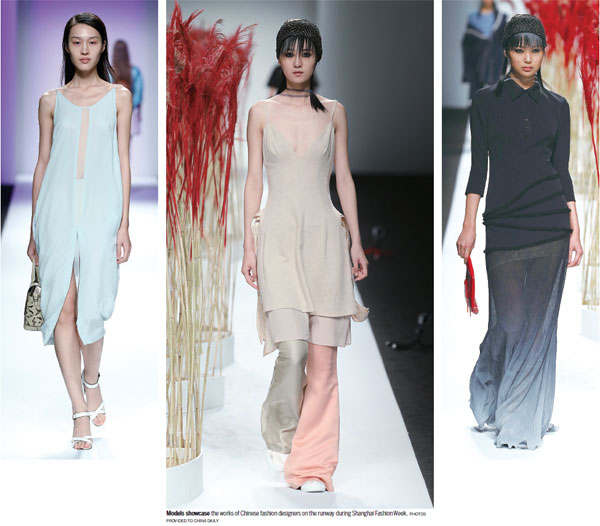

(China Daily USA 11/04/2016 page8)
- Summit of Climate Conscience kicks off in Morocco
- British Airways announces special fares for New Year
- S. Korean president says to accept investigation over scandal if necessary
- Names of twin panda cubs born in Austrian zoo revealed
- May's Brexit plans thrown into chaos by landmark court ruling
- Syrian army announces 'humanitarian pause' on Friday

 Ten photos from around China: Oct 28- Nov 3
Ten photos from around China: Oct 28- Nov 3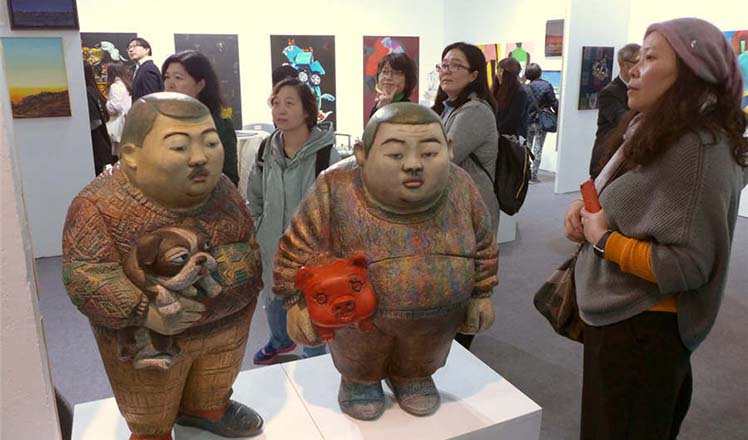
 Shanghai Art Fair connects people with art in daily life
Shanghai Art Fair connects people with art in daily life
 Chinese captain takes off at Air Show China in Zhuhai
Chinese captain takes off at Air Show China in Zhuhai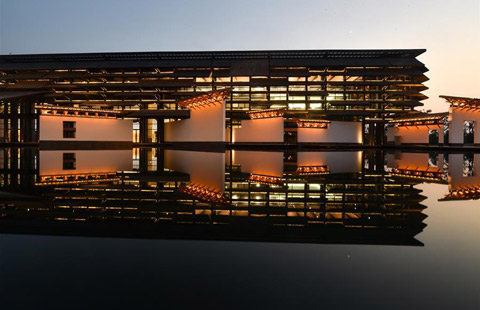
 Wuzhen Internet Intl Conference Center under preparation for 3rd WIC
Wuzhen Internet Intl Conference Center under preparation for 3rd WIC
 China's top 10 post-80s self-made billionaires
China's top 10 post-80s self-made billionaires
 Famous paintings recreated with chocolate
Famous paintings recreated with chocolate
 Looking for a ride?
Looking for a ride?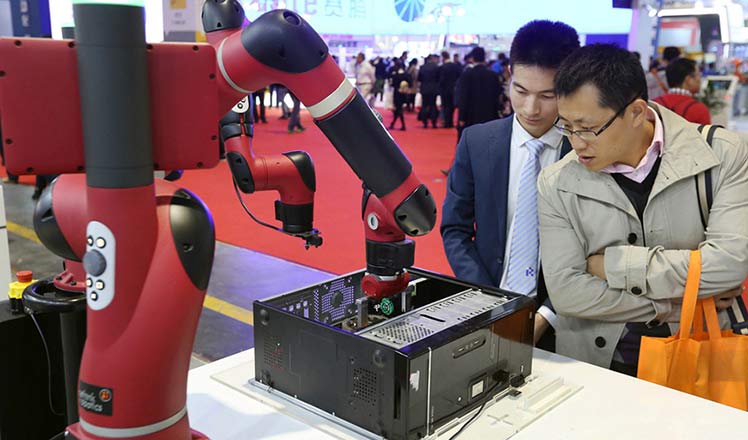
 Robots draw people to China International Industry Fair
Robots draw people to China International Industry Fair
Most Viewed
Editor's Picks

|

|

|

|

|

|
Today's Top News
US election rhetoric unlikely to foreshadow future US-China relations
'Zero Hunger Run' held in Rome
Trump outlines anti-terror plan, proposing extreme vetting for immigrants
Phelps puts spotlight on cupping
US launches airstrikes against IS targets in Libya's Sirte
Ministry slams US-Korean THAAD deployment
Two police officers shot at protest in Dallas
Abe's blame game reveals his policies failing to get results
US Weekly

|

|









